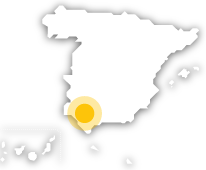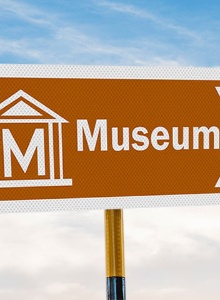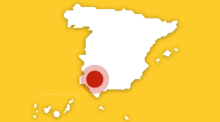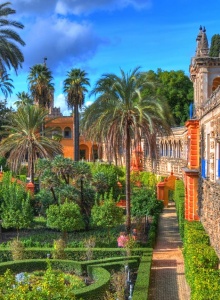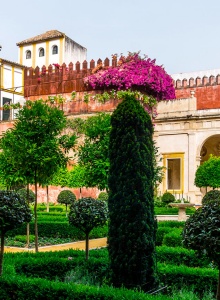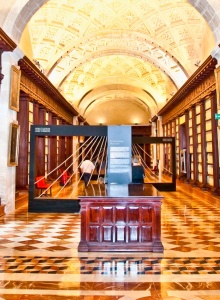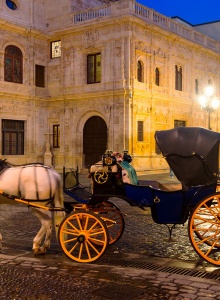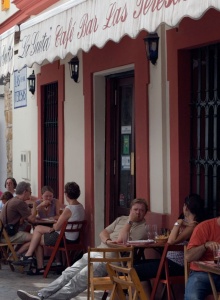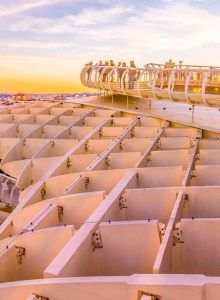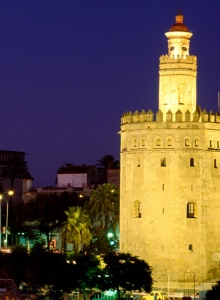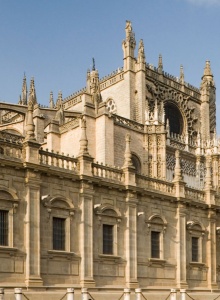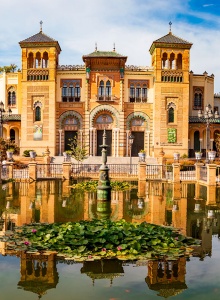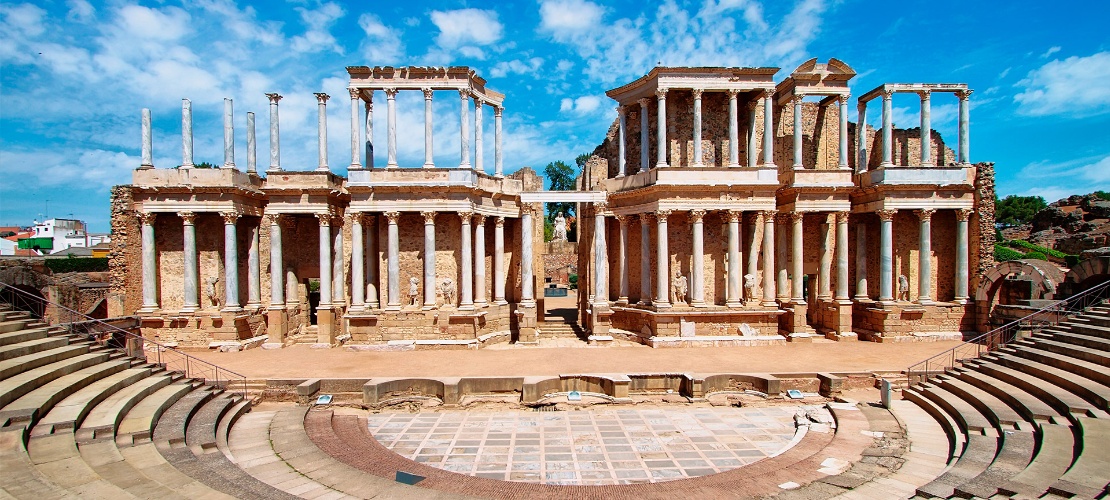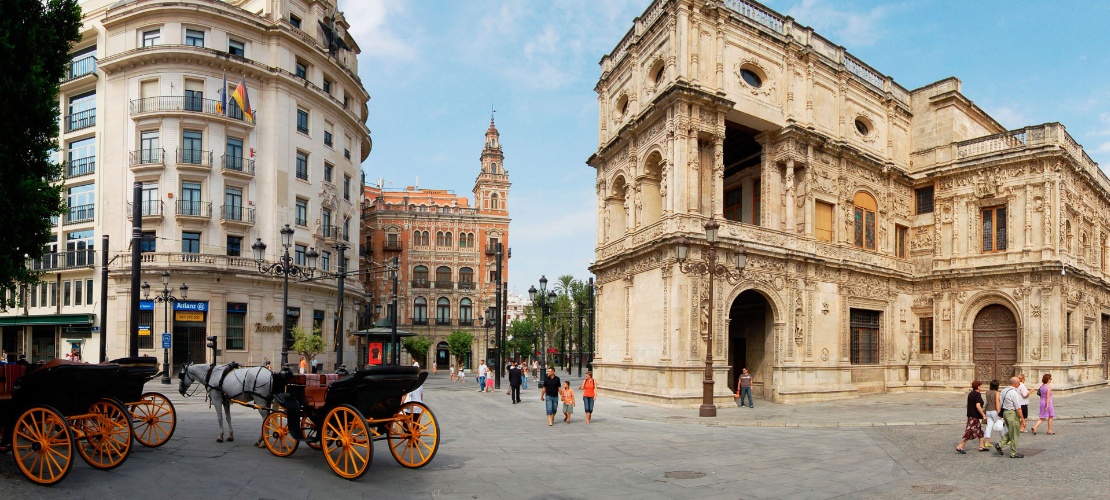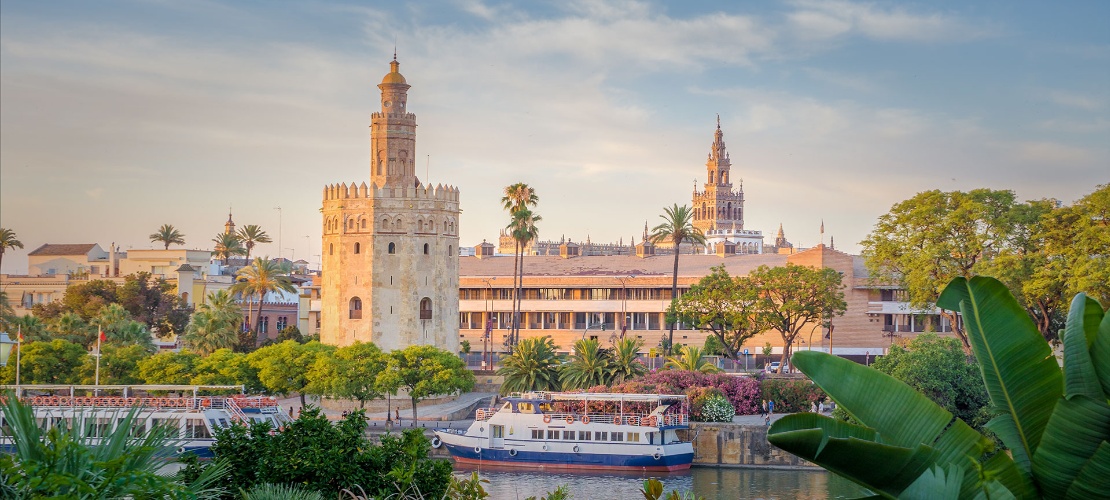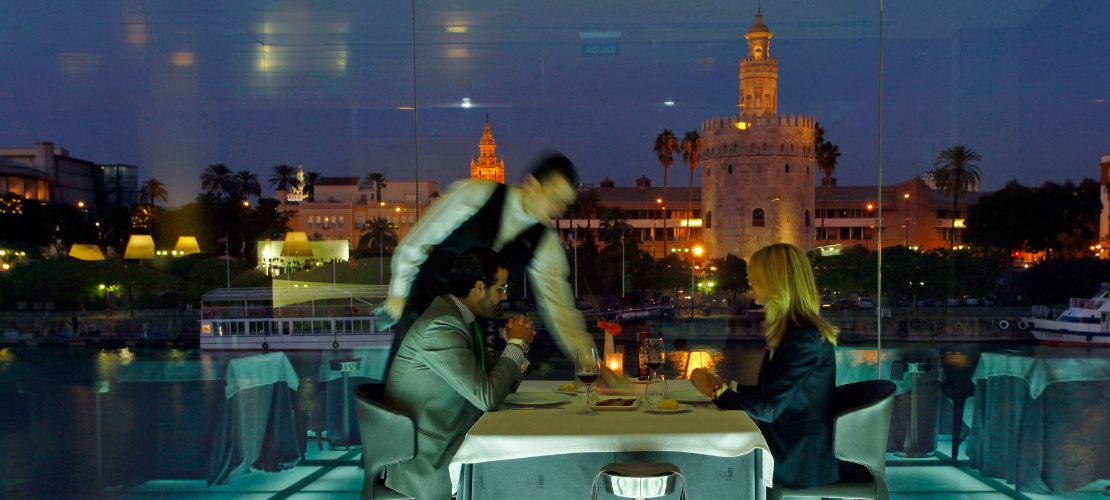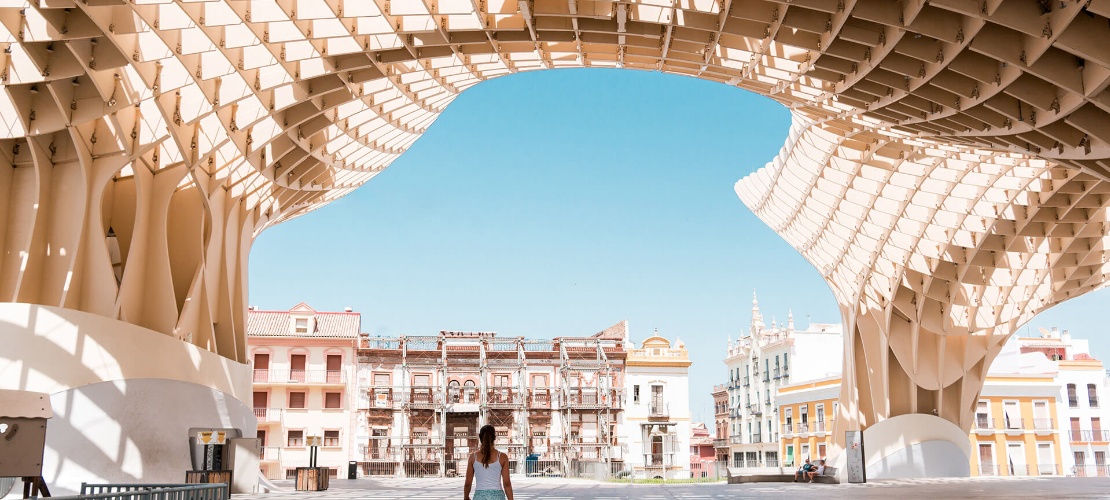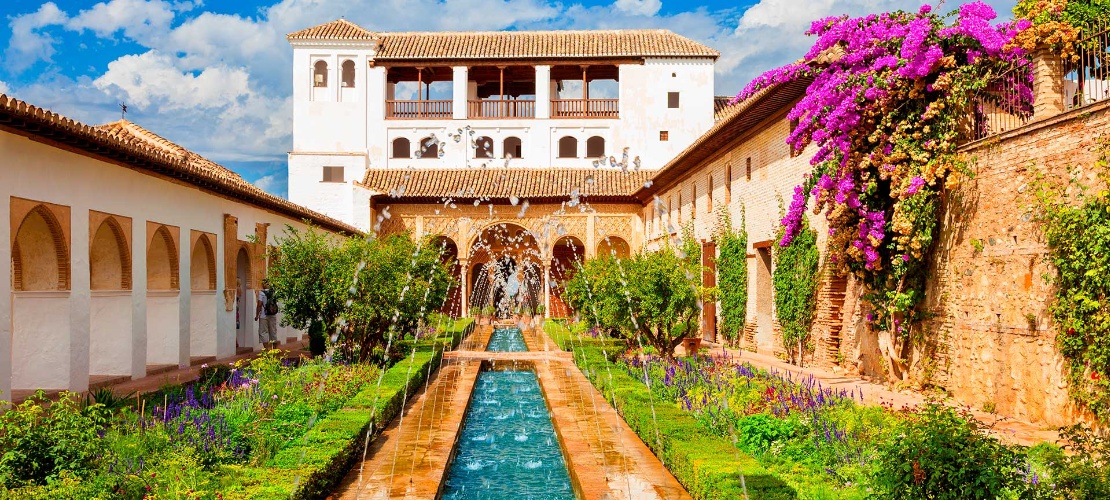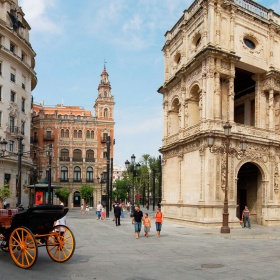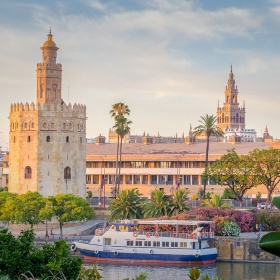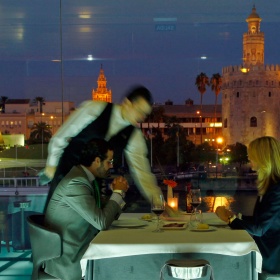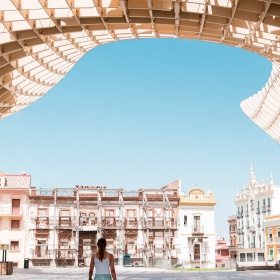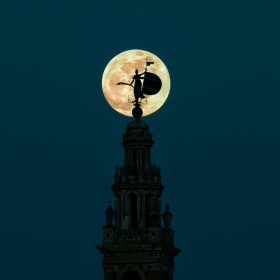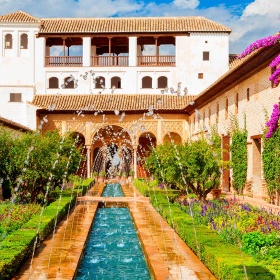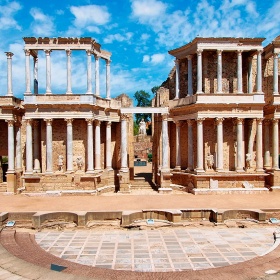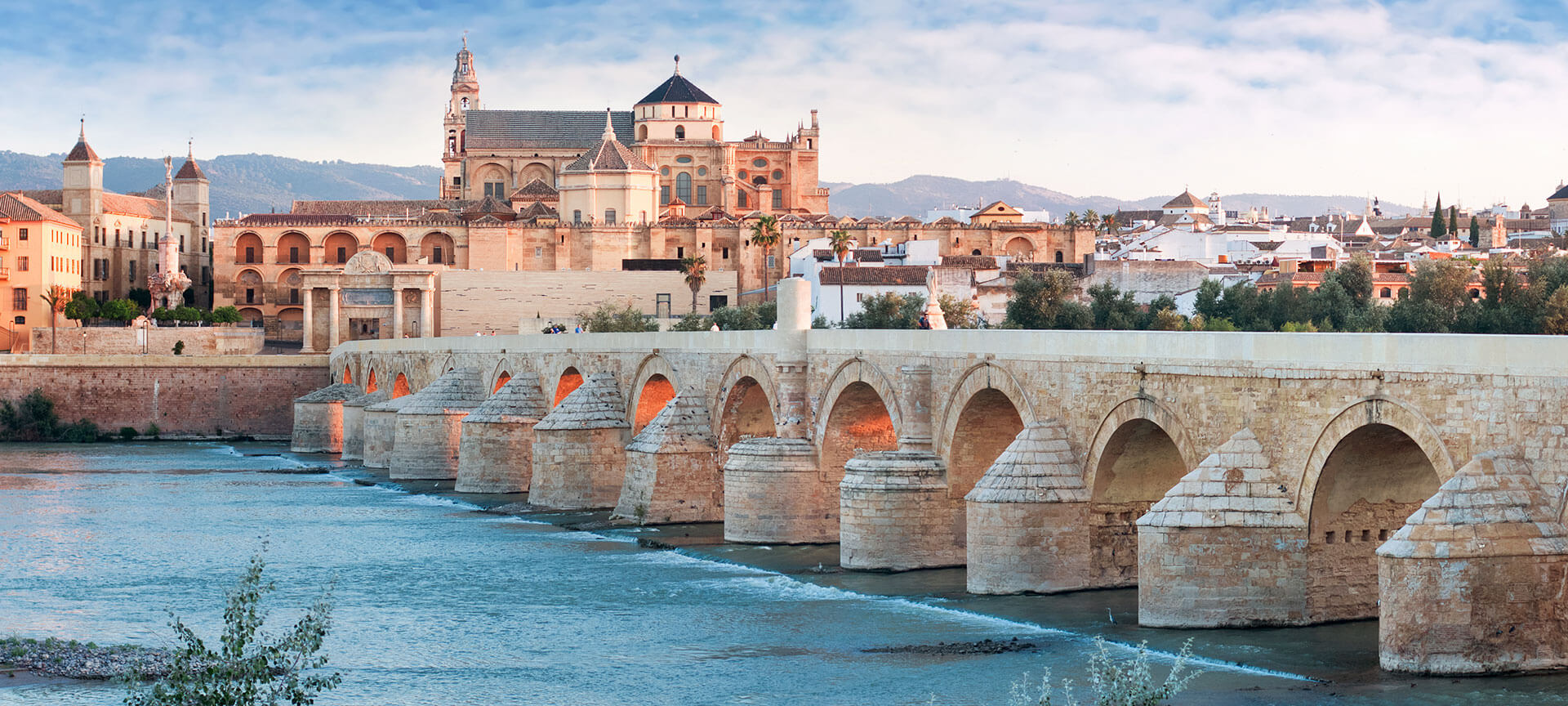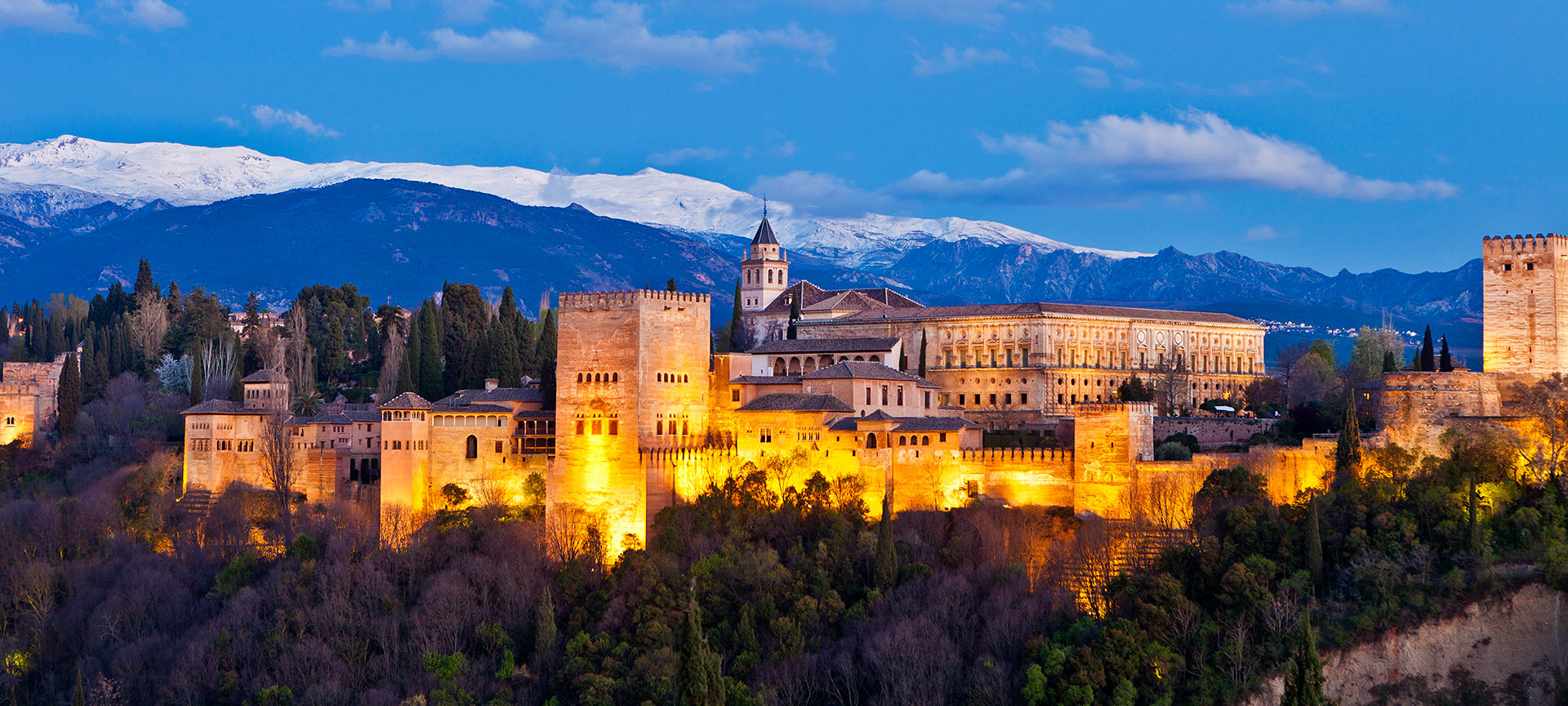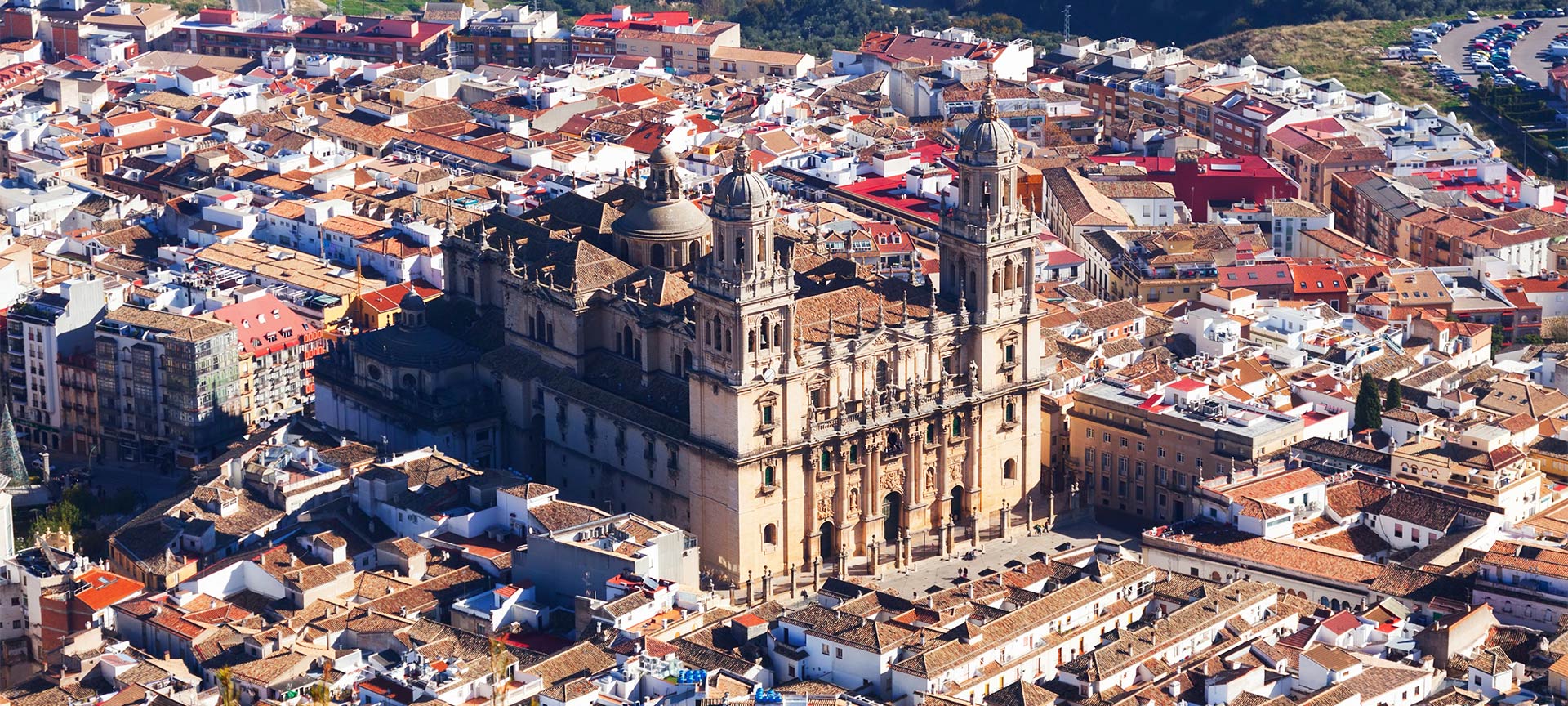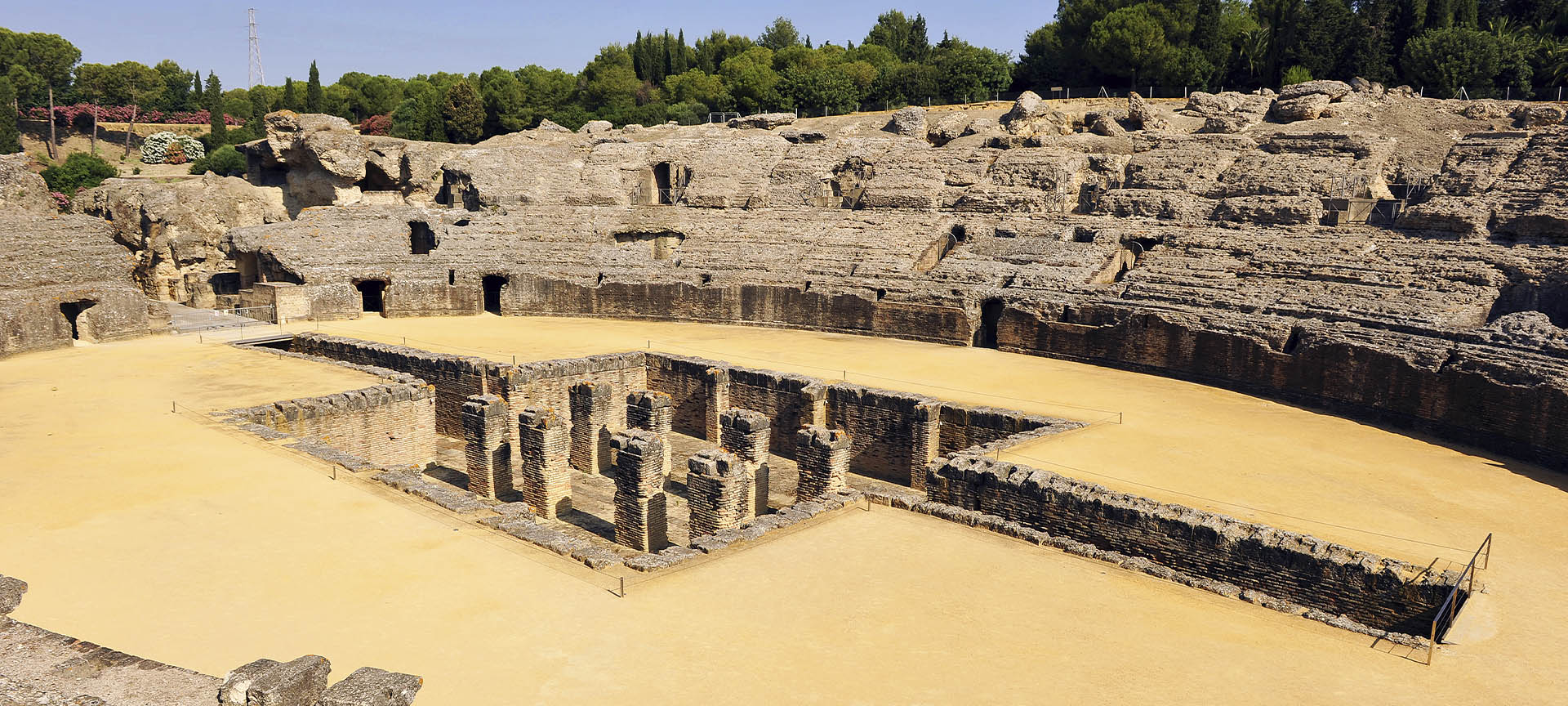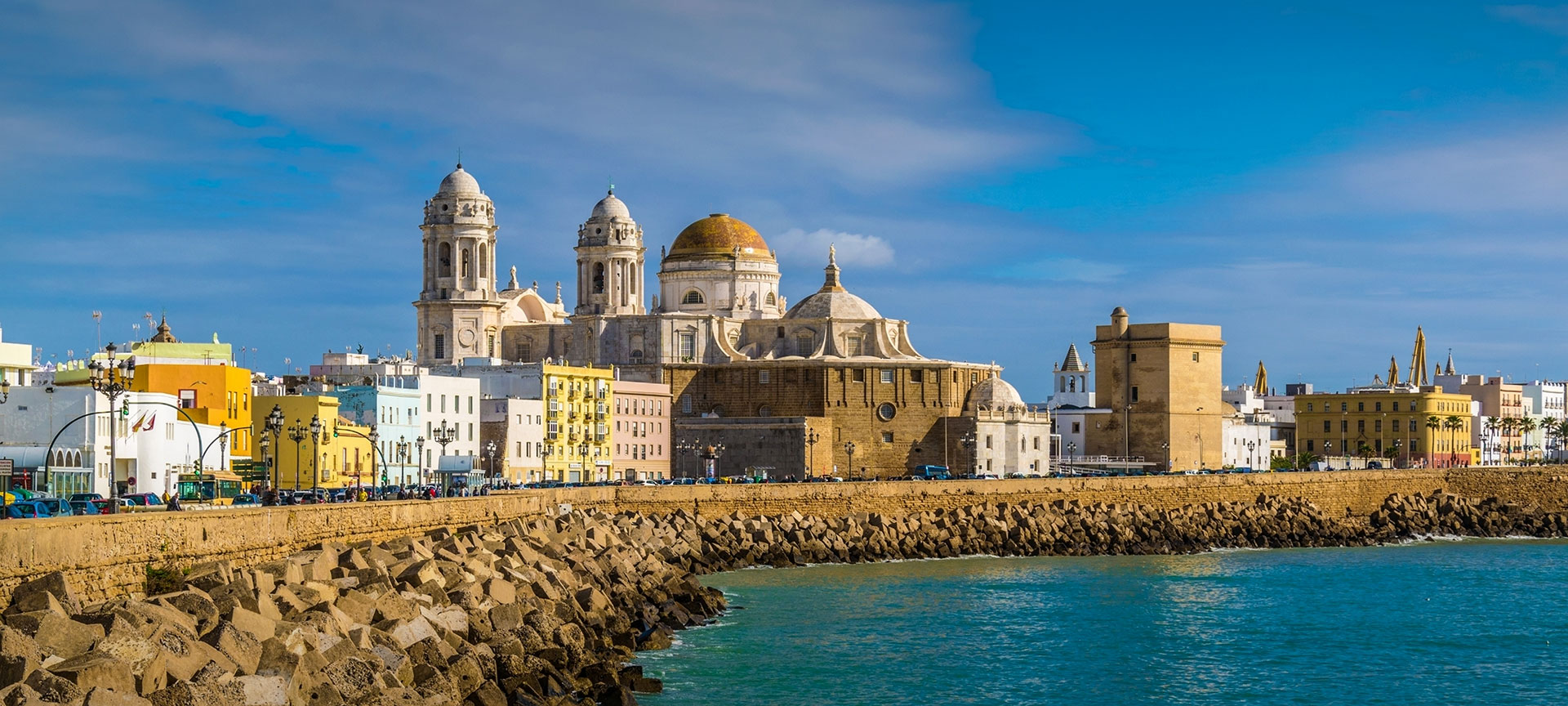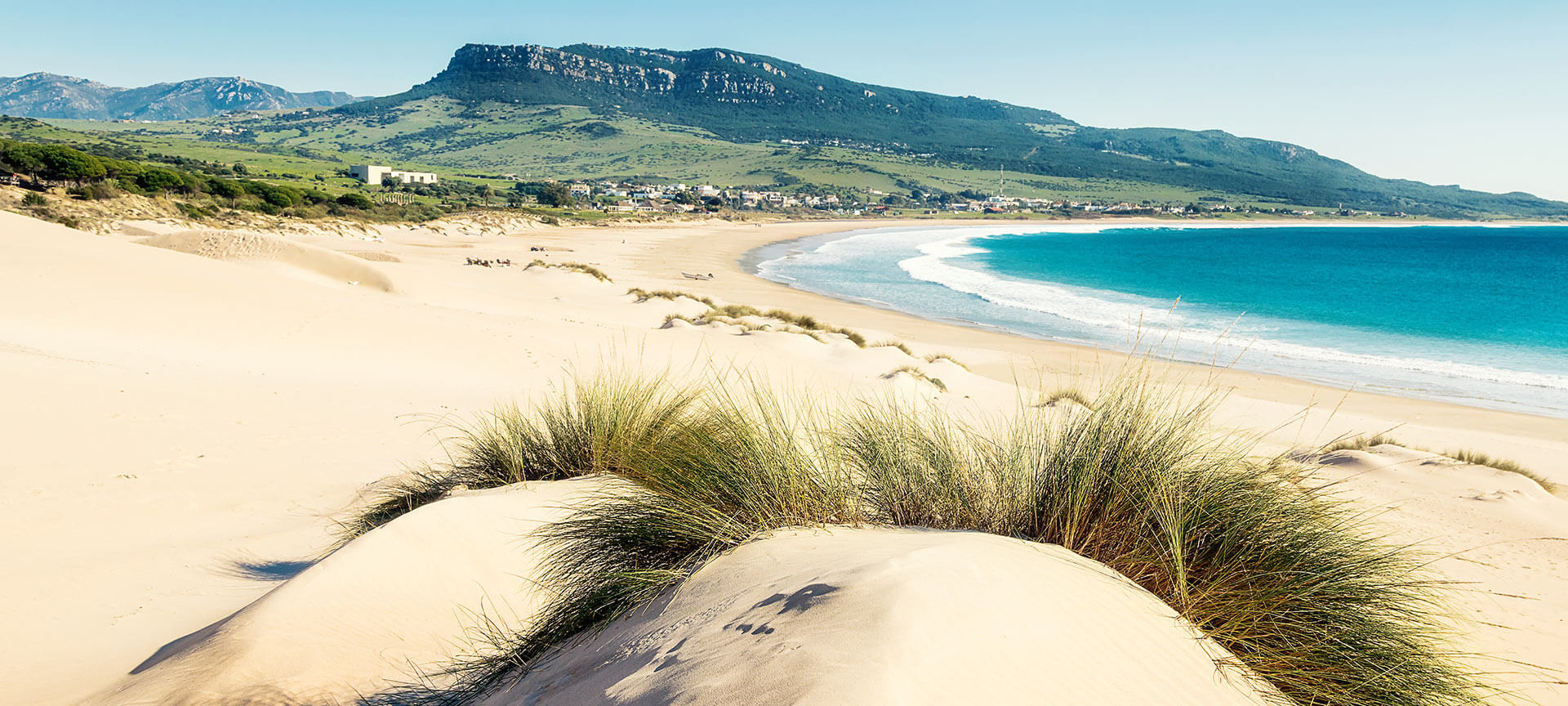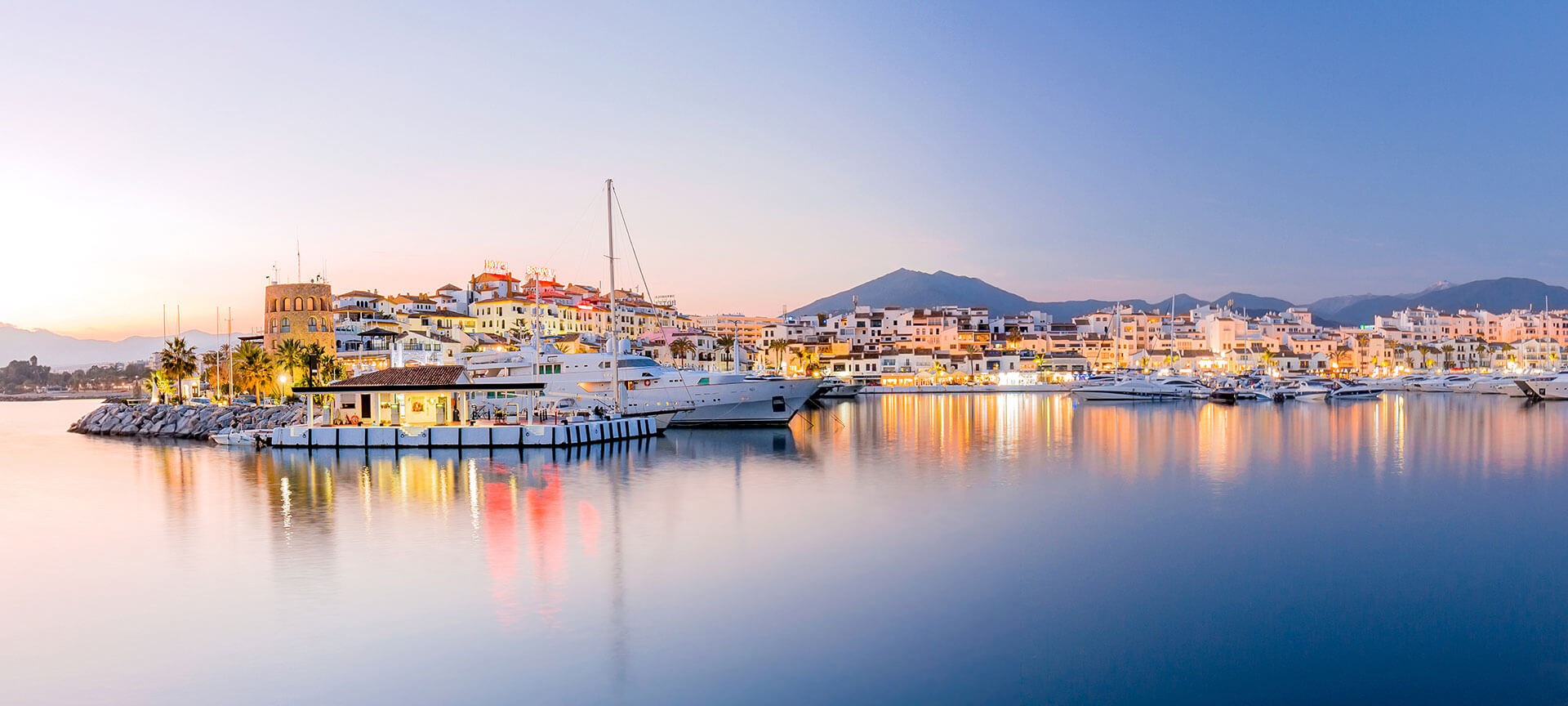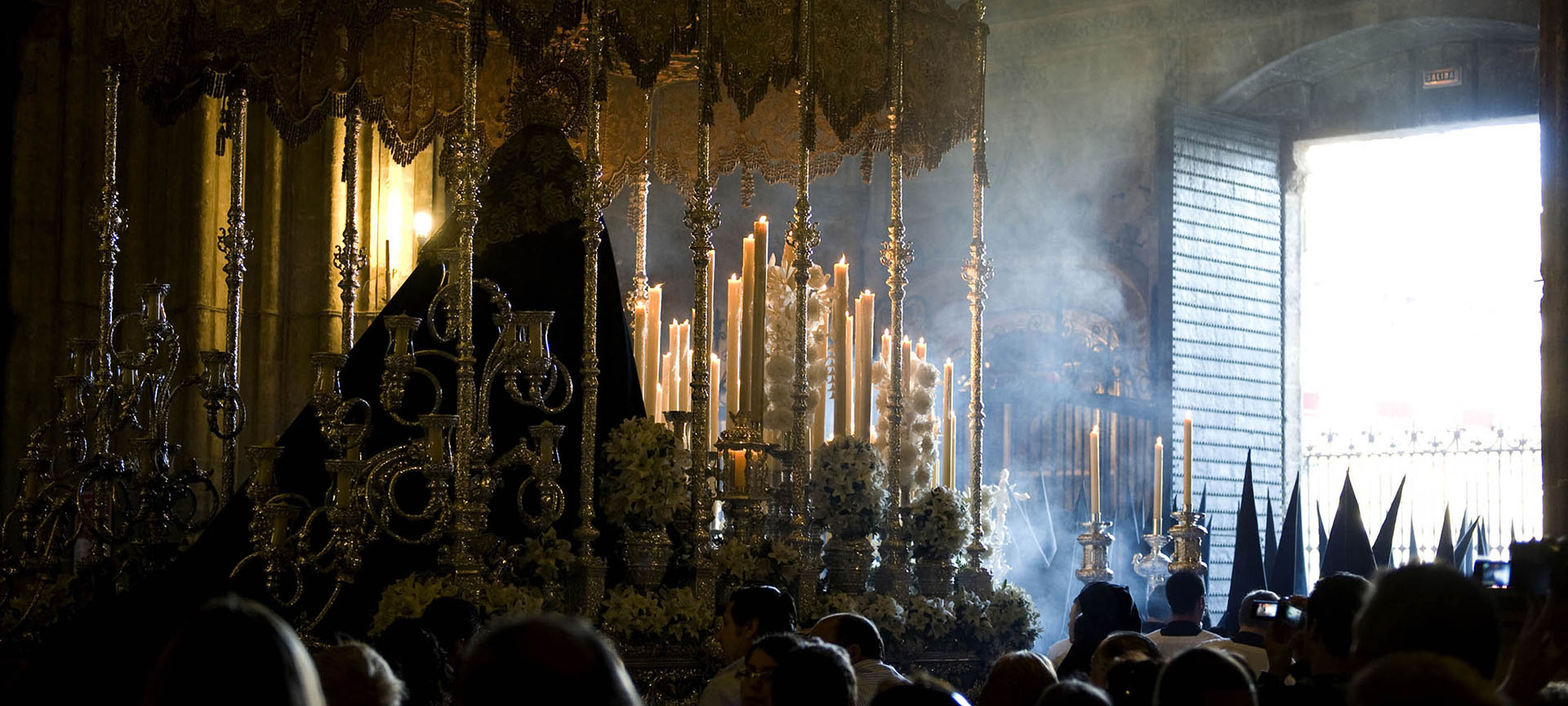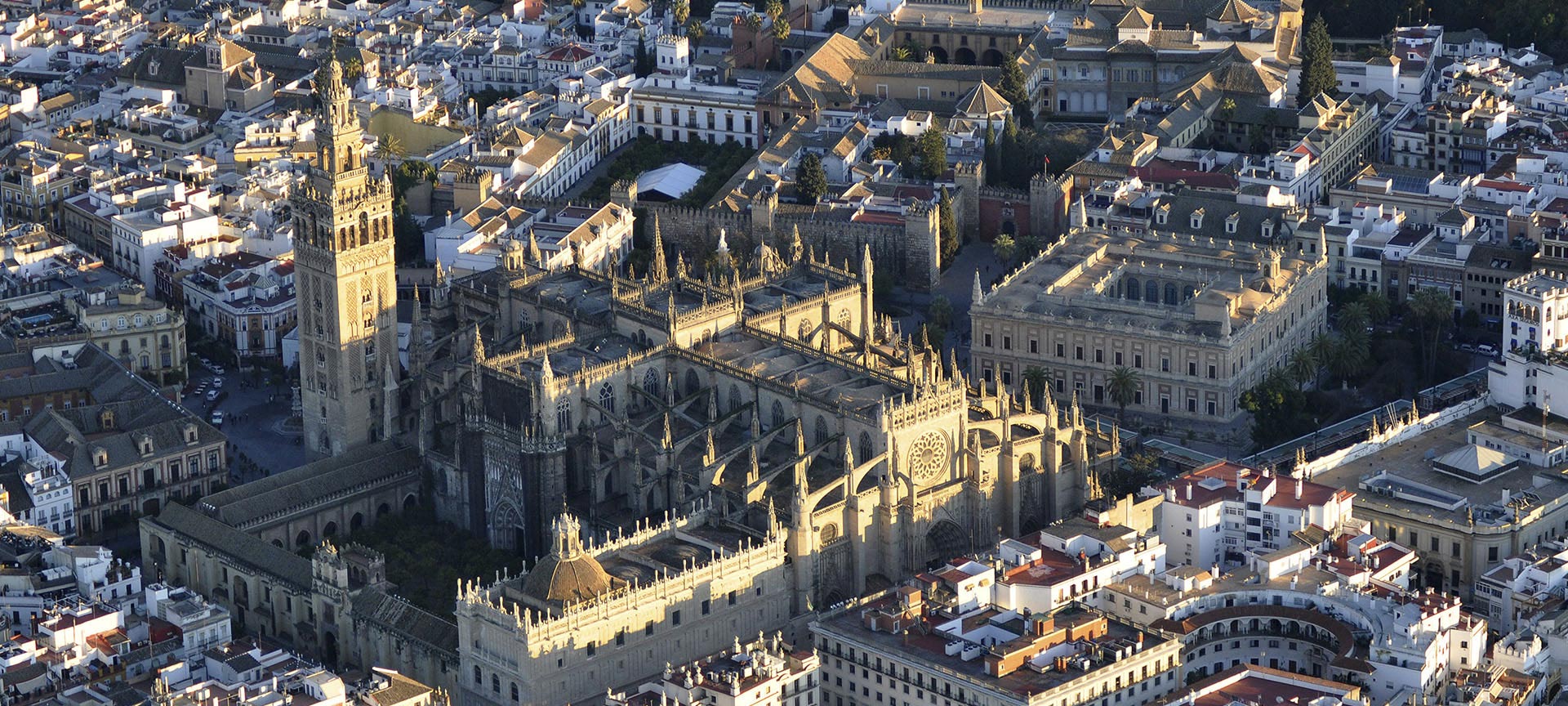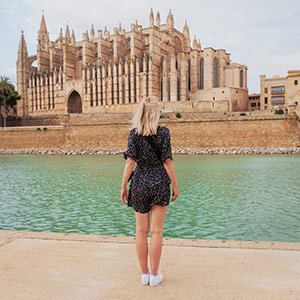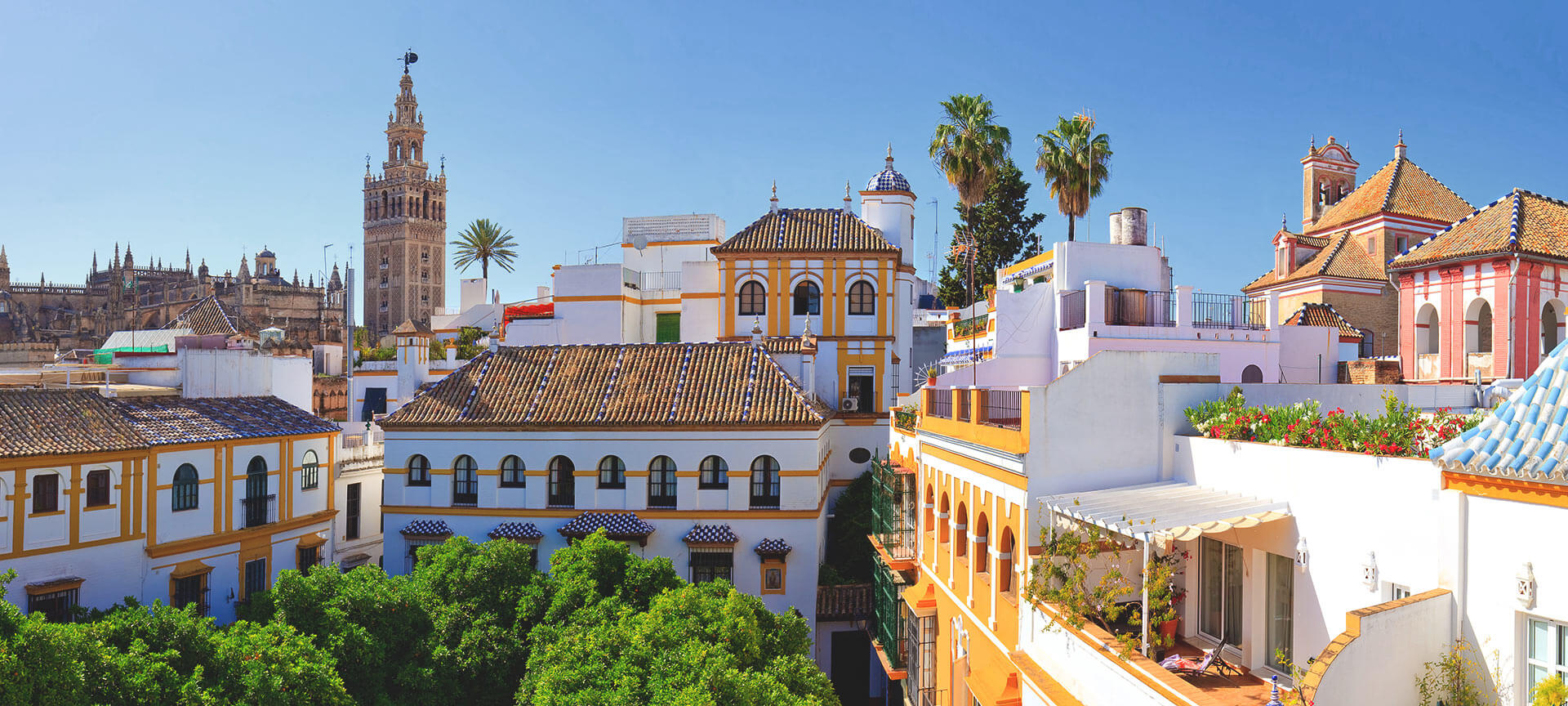
Seville is a city that leaves its mark, and many people define it as special. It might be because of the grandeur of its monuments. Or perhaps the charm of areas such as Triana.
It may possibly be the scent of jasmine in its squares or the Spanish guitar music of its streets. Some say that it’s the tradition of its festivals, and many are convinced its tapas are the real reason.
Debe activar Javascript para poder utilizar este servicio
What to visit
Select from the list or hover over the map to find out about points of interest.
Activa JS
Other ideas for your trip
How to get there - transport information
Select the means of transport to see how to get there or how to get around at your destination.
How to get to aeroplane
-
Seville Airport is 10 kilometres from the city, off the A-4 motorway.
-
You can get from the airport to the city centre by bus, on the EA line. The trip takes about 35 minutes and costs 5 euros (6 euros return)
-
By taxi, the trip takes around 15 minutes and is subject to a fixed fee of €25.72 (Monday to Friday daytime) or €28.67 (weekends, holidays and Monday to Friday nights).
-
By road you must take the A-4 motorway on a 15-minute journey.
How to get to train
-
The Santa Justa Train Station is located very close to the city centre (for example, two kilometres - about 25 minutes on foot - from Seville Cathedral).
-
By public transport, the 32 goes from the station to the old town centre (although you can get other buses from Santa Justa, including the special Airport Bus). The journey takes under 15 minutes.
-
The nearest metro station is Nervión (1 kilometre away).
-
It has a high-speed train connection to Madrid (approximately 2 hours and 40 minutes), Barcelona (approximately 5 hours and 40 minutes) and Valencia (from 4 and a half hours), among others.
How to get to bus
-
There are two main bus stations in Seville.
-
International and national routes arrive at the Plaza de Armas station, right in the centre of Seville.
-
Regional lines mainly come to Prado de San Sebastián station, also in the city centre.
How to get there by road
-
From Madrid, via the A-4 and A-5 motorways (connecting with the A-66).
-
From Portugal, via the A-49 motorway.
-
From the Costa del Sol, via the A-92 motorway.
-
From Cadiz, via the AP-4 motorway.
How to get around in bus
-
Seville’s city buses usually run from 6 a.m. to 11.30 p.m.
-
There is a 1 or 3 day tourist card with unlimited travel.
How to get around in metro/tram
-
A metro line crosses the city.
-
Operating hours: Monday to Thursday, from 6:30 to 23:00. Fridays and eves of public holidays: 6:30 to 2:00. Saturdays: 7:30 to 2:00. Sundays and public holidays: 07:30 to 23:00.
-
You can get a single or return ticket, a money card for buying tickets, or a one-day pass.
-
There is also a tram line (the Metrocentro or T1) that runs along part of the city centre.
How to get around in other means of transport
-
Seville is an easy city to explore on foot.
-
Taxis are white with a yellow diagonal stripe. A green light on the roof shows they are available.
-
It offers a bike hire network with 30 free minutes. It requires registration, with payment around of €13 (7-day pass) or €2.59 (one-day ticket).
-
A ride in a horse-drawn carriage and boat tour along the Guadalquivir river are original ways to visit the tourist areas.
Shows, festivals, sports...
View some of the most relevant events you will be able to enjoy at the destination.
